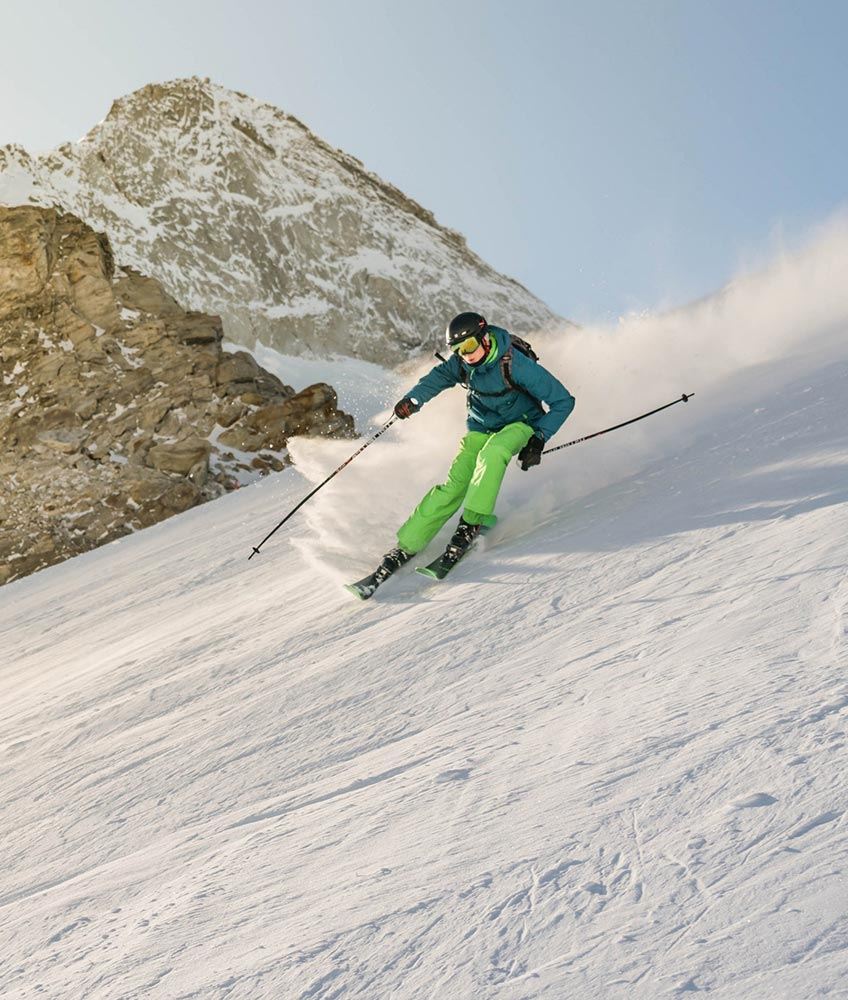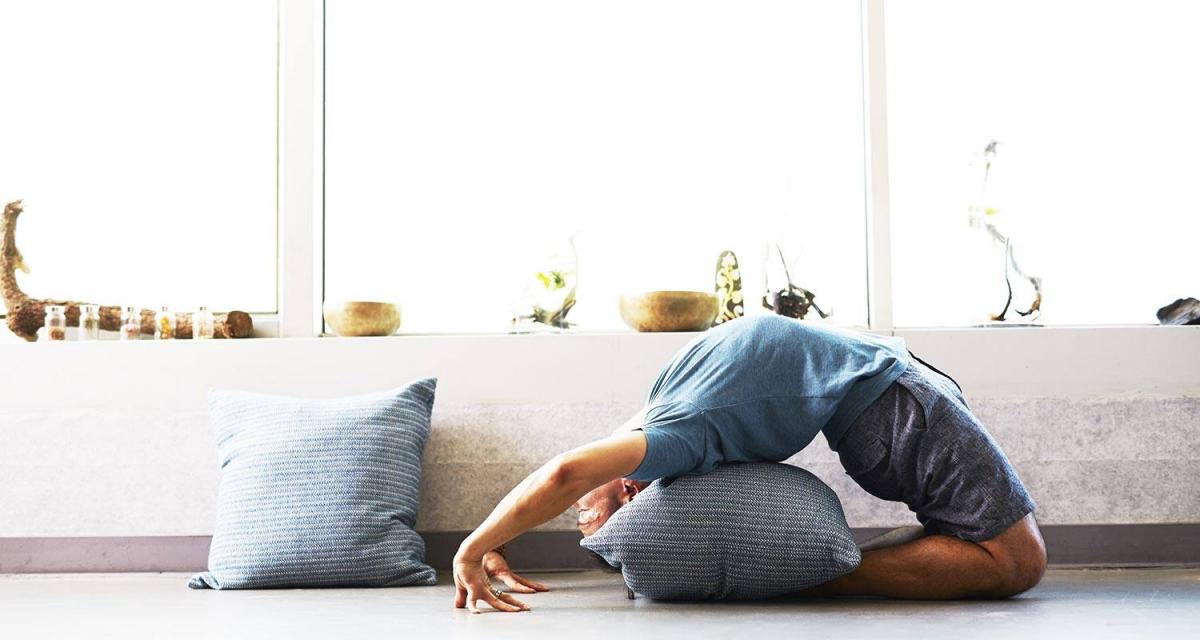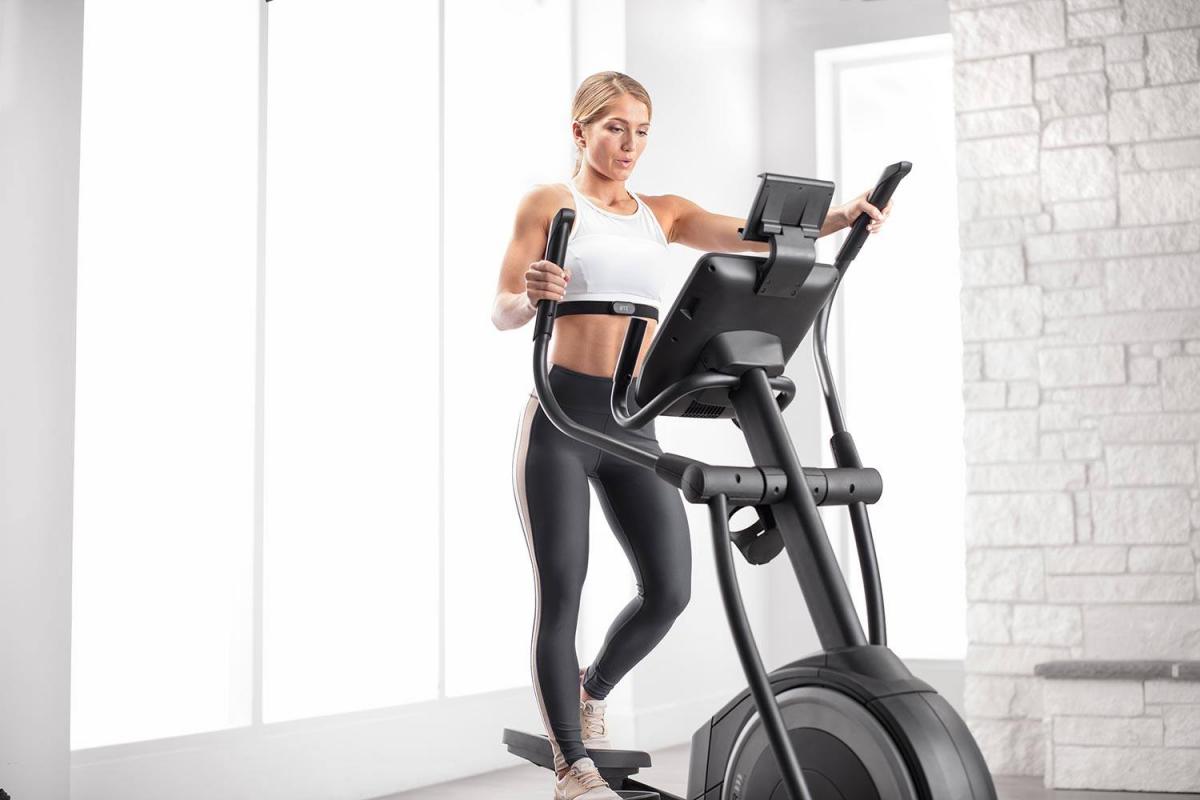Like millions of others this winter, you’re soon headed for fun on the slopes. Make the most of your upcoming ski holiday by preparing before you go. A workout designed to tone your muscles, train your cardiovascular system, and practice moments of relaxation will help you to avoid injuries and have more fun on holiday. Don’t worry the training will not be too difficult. But you need to establish a rhythm.
Being prepared is always a good idea

Do you need to prepare yourself? Without hesitation, your answer should be “yes.” Unless you are an accomplished athlete and train regularly, you must prepare your body to ensure a successful holiday. Skiing incorporates unnatural movements and works different muscle groups. Even if you run regularly, you should undergo some ski-specific training.
Your programme will have three goals:
- Strengthen your muscles
- Improve your breathing capacity and stamina
- Develop your flexibility
A simple programme

Be at your best before putting on your skis! This programme isn’t complicated, and it can be maintained without special equipment.
- Increase your endurance. If your job requires you to sit behind a desk all day, a ski holiday can be a real challenge. On the slopes, you’ll alternate between intense moments of activity (rapidly descending a slope) and slower periods, but you’ll find you’re nearly always in a standing position. So to prepare for this vastly different day’s rhythm, improve your cardio: run, swim, bike or jump rope. If you’ve decided to work out at the gym, go for the elliptical trainer, the treadmill, the exercise bike, etc.
- Strengthen your muscles. Skiing works a lot of muscle groups: particularly your calves, thighs, glutes, abs and dorsal muscles. In short, it’s a demanding sport. Do some core-strengthening exercises, such as crunches, squats and lunges. Perhaps try out a rowing machine, go swimming or do some bodybuilding.
- Become more flexible. Practice yoga or concentrate on stretching to mobilize your joints and stretch your muscles. Improve your balance with jumps/landings, and walk on your tiptoes, then on your heels.
Maintaining the right rhythm

Training itself isn’t complicated. The less athletically inclined, however, may find it difficult to stick to a regular schedule of workout sessions. It takes at least 2-3 sessions per week, or even 4-5, for a period of 2 weeks up to 2 months, depending on your base level of preparation. In winter, such a rhythm can be a challenge. The holidays are over, and you’ve put on a few extra pounds. It’s cold, the days are short, and it’s not easy to motivate yourself to go running. It’s also cold and flu season. But fight through it, because your weeks of preparation will pay off.
To provide yourself a little extra motivation, why not consider purchasing some training equipment? With a home training device, you can complete your workouts at home, on your own schedule. Just add some stretching after each session, and you’ll be ready for skiing in the winter, and for swimsuit season a few months from now…
If this sounds like a good idea, invest in an elliptical for a full body workout. An exercise bike or a recumbent bike will help you to work the lower body and do cardio training. And a treadmill can improve your endurance and build muscle. What’s the best choice for you? Whatever motivates you the most and will enable you to stay fit in the long run. Choose the machine that fits your tastes, and be sure not to give up.
Explore NordicTrack’s range of home and exercise bikes, rowing machines, treadmills and other Home Training devices. You’re sure to discover the one that suits you best for the long term.
We recommend
The C Series Treadmill: The Go-To Training Partner For Your Next Competition
To reach peak performance on the day of a competition or sporting event, you’re used to preparing yourself through a combination of outdoor training and gym workouts. But what if…
Preparing to run a marathon by training indoors
To prepare for a marathon, it’s vital to build up endurance and optimise your breathing. This can be accomplished by working out on fitness equipment such as treadmills, ellipticals and…
Choosing A Recumbent Series Bike For Long Distance Training
NordicTrack’s Recumbent Bike Series offers a more comfortable workout for people who are rehabbing injuries or who suffer from back problems, and for seniors and overweight people, as well…
Fusion CST: complete training to prepare you for any challenge
Whatever your goal, the Fusion CST will help you achieve it. With unprecedented flexibility and interactive coaching, this hybrid device offers you effective and diverse training experiences…
